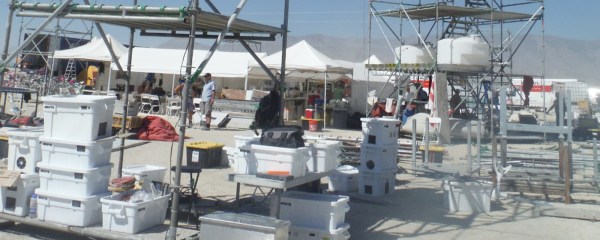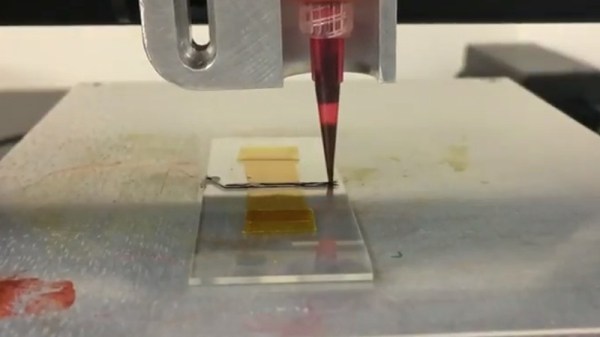Maybe it’s the upbeat music, or the views of a placid lake at sunset, or perhaps it’s just seeing those little plastic rods pumping away with all their might. Whatever the reason may be, the video [Vimal Patel] posted of his little remote controlled LEGO row boat cruising around on the open water is sure to put a smile on the face of even the most jaded hacker.
[Vimal] tells us that his creation is made up of over 140 unmodified LEGO parts, and is controlled over Bluetooth which connects to an app on his phone. While we would like to see some more detail on the reciprocating module he came up with to drive the boat’s paddles, we have to admit that the images he provided in his flickr album for the project are impeccable overall. If the toy boat game doesn’t work out for [Vimal], we think he definitely has what it takes to get into the advertising department for a car manufacturer.
[Vimal] was even kind enough to provide a LEGO Digital Designer file for the project, which in the world of little rainbow colored blocks is akin to releasing the source code, so you can build up your own fleet before next summer.
It’s worth noting that [Vimal] is something of a virtuoso in the world of modular building blocks, and no stranger here at Hackaday. His self lacing shoe impressed earlier this year, and this isn’t even his first LEGO watercraft.
All he has to do now to reach the true pinnacle of LEGO construction is to start building with giant versions of everyone’s favorite block.
Continue reading “LEGO Row Boat Is The Poolside Companion You Didn’t Know You Needed”


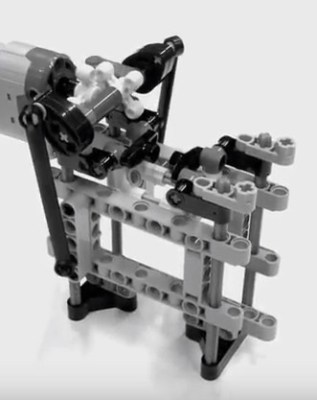
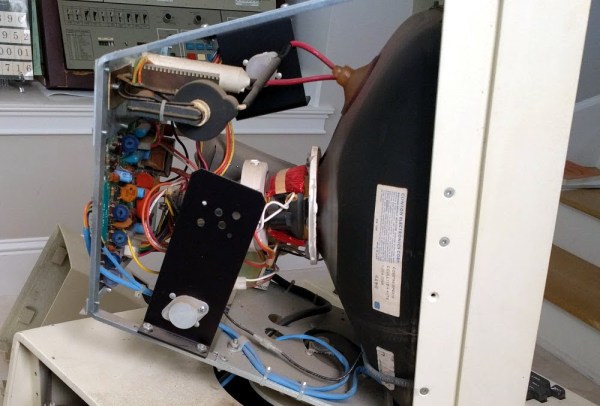
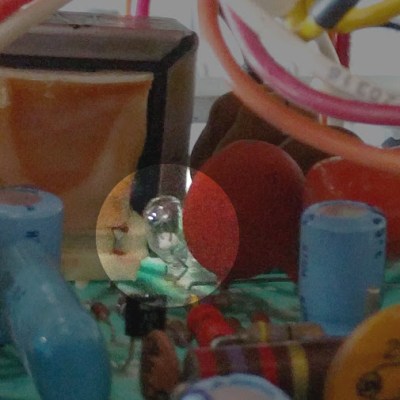 On paper, a light bulb lights up when you put current through it. In real life, it is a bit more complicated. An incandescent filament starts off as almost a dead short and draws a lot of current for a very brief time. As the current flows, the filament gets hot and the resistance goes up. That reduces the current draw. This effect — known as inrush current — is the scourge of designers trying to turn on light bulbs with transistors or other electronic switches.
On paper, a light bulb lights up when you put current through it. In real life, it is a bit more complicated. An incandescent filament starts off as almost a dead short and draws a lot of current for a very brief time. As the current flows, the filament gets hot and the resistance goes up. That reduces the current draw. This effect — known as inrush current — is the scourge of designers trying to turn on light bulbs with transistors or other electronic switches.
